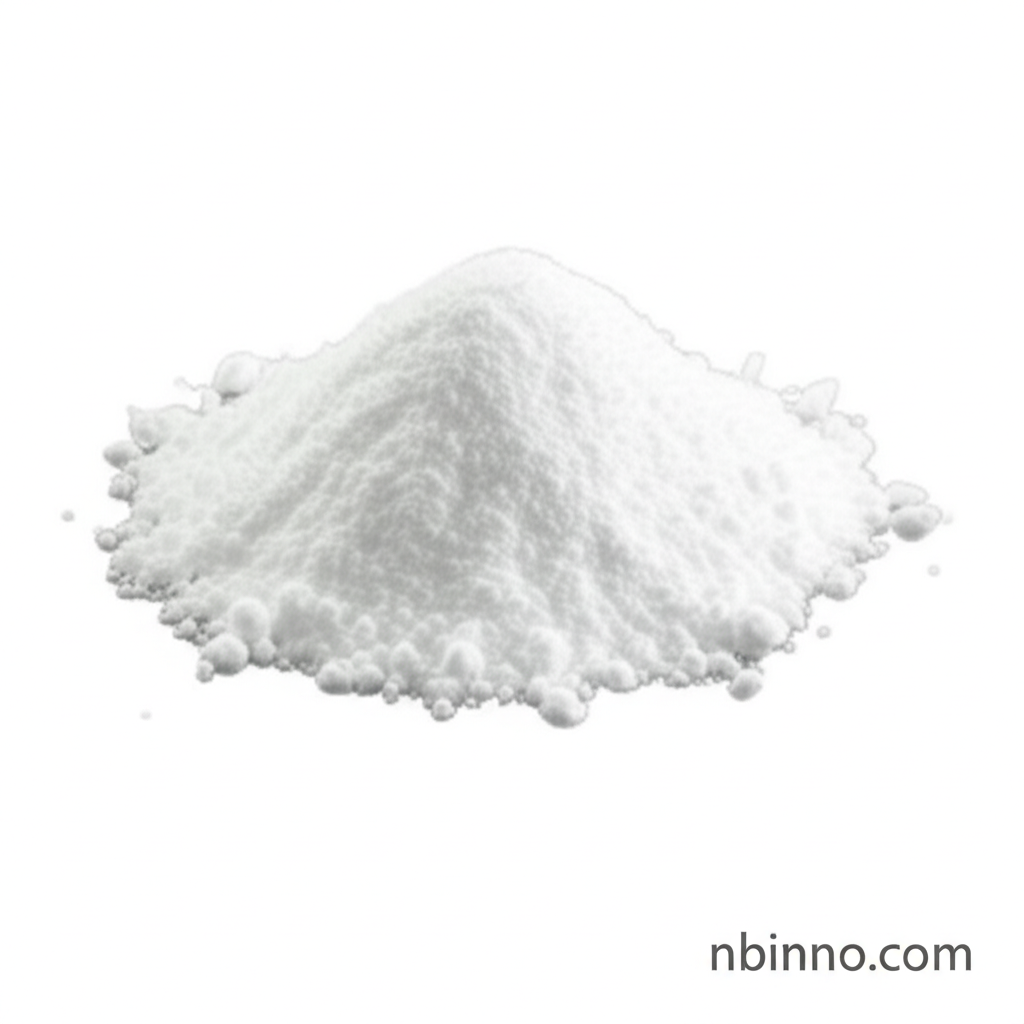(4-Bromobutyl)triphenylphosphonium Bromide: A Key Reagent in Modern Organic Synthesis
Discover the versatile applications and chemical significance of this essential phosphonium salt in various scientific fields.
Get a Quote & SampleProduct Core Value

(4-Bromobutyl)triphenylphosphonium Bromide
This compound plays a significant role as a reactive intermediate in various organic synthesis reactions. Its utility stems from the presence of a reactive bromide group, making it a valuable reagent in many organic transformations, including nucleophilic substitution and cross-coupling reactions. It can also function as a phase-transfer catalyst.
- Explore the diverse applications of (4-bromobutyl)triphenylphosphonium bromide in organic synthesis, leveraging its unique chemical structure for complex molecule construction.
- Understand how this CAS 7333-63-3 reagent for organic transformations facilitates reactions that are crucial in pharmaceutical and agrochemical development.
- Learn about the advantages of using a triphenylphosphonium salt in organic chemistry, particularly its efficacy as a phase-transfer catalyst in biphasic reaction systems.
- Discover its role as a versatile chemical building block for material science, enabling the synthesis of functional polymers and novel materials with tailored properties.
Key Advantages
Versatile Reactivity
As a key reagent for organic transformations, it enables efficient nucleophilic substitution and cross-coupling reactions, essential for complex synthesis.
Catalytic Activity
Its function as a phase-transfer catalyst significantly enhances reaction rates and yields, particularly in biphasic systems, making it a valuable tool in chemical synthesis.
Broad Application Scope
From pharmaceuticals to materials science, this compound serves as a crucial building block, highlighting its importance in various scientific disciplines.
Key Applications
Pharmaceutical Synthesis
Utilized in the synthesis of biologically active compounds and critical pharmaceutical intermediates, contributing to drug discovery and development.
Agrochemicals Development
Serves as a building block in the creation of new agrochemical compounds, aiding in crop protection and agricultural innovation.
Materials Science
Employed in the preparation of functional materials and polymers with specific properties, such as conductivity or luminescence, advancing material innovation.
Organic Reaction Catalysis
Acts as a phase-transfer catalyst, facilitating reactions between immiscible phases, thereby enabling more efficient and cleaner chemical processes.
